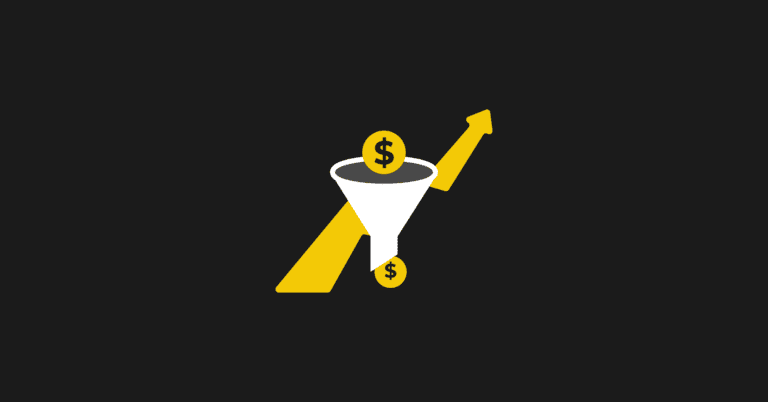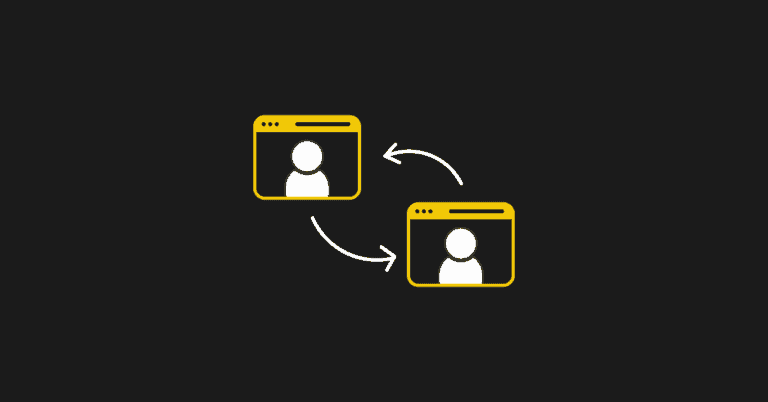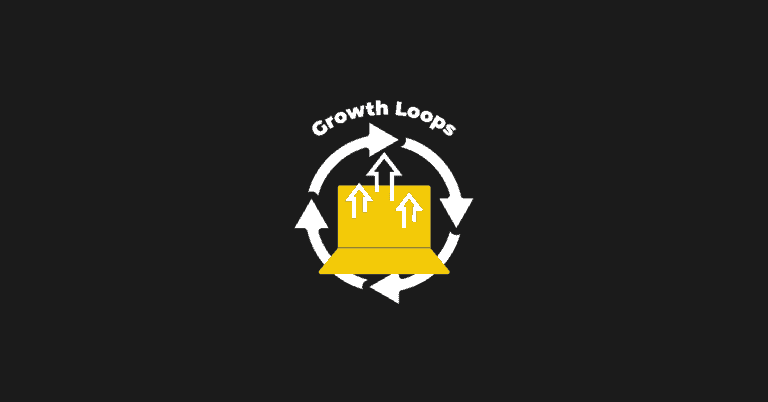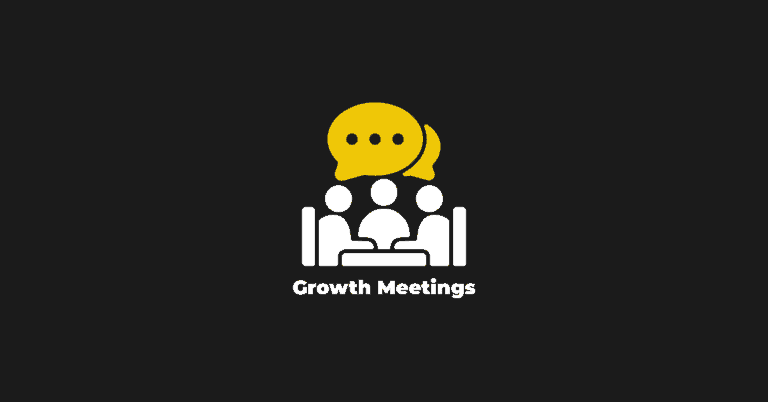In order to improve your free trial conversion rate, you need to look for patterns.
Everyone knows that it's important to find the activities that correlate most successfully to someone taking the next step in the process, but how exactly do you go about doing that?
With 15 years of experience at companies like Crazy Egg and HelpScout, here are the top two ways I focus on moving the needle on signup-to-customer conversion rates.
Note: You can apply my model across multiple business models (heavy self-service vs complex, sales heavy models), across stages (500 clients to 10,000 clients to 25mm users), and across industries (marketing, compliance, support, analytics, luxury retail).
First: Cast a wide net with the metrics you monitor
Too often folks focus on the hero metric, the north star metric as an entire company. I push back on that often, and especially early when I’m trying to understand how to jumpstart a business. Some of the metrics I focus on are:
Qualified Visitors - People who visit the pages on your website that most highly correlate to trial signup. Ignore all the other noise and make this a core metric for your top-of-funnel team.
Trials vs Onboarded Trials vs Engaged Trials - I never look at a sole Trial metric. I think Trial Signups are one thing, but there’s a difference between someone who’s signed-up to use your product and someone who’s set the product up so they can use the product (Onboarded Trials). Engaged Trials are the next step, and those are people who signup, setup, and then, come back and do something. I’m amazed that everytime I work with or join a company, this segmentation is something we still need to figure out.
Highly Correlating Levers - At Help Scout, it was a certain number of customer conversations and adding one additional user that highly correlated to a trial converting to paid. At LiveIntent, it was how quickly an advertiser successfully spent a certain fixed budget amount against their goal. At Chartbeat, it was how much time people spent in the dash in the first 7 days. It goes on and on. The key thing is to look at the individual levers that move someone from Engaged to someone who has a high probability of converting (to me, it’s what tips someone over the 60% probability of converting to paid). We just cracked this code with Crazy Egg by the way -- I can’t share that one with you yet; but I’ll be happy to one day. CEOs won’t always let you hire a data scientist to figure this out. At one company, I had to go rogue and hire a consultant to do the work for me because the company didn’t believe in the methodology. When they saw the data (it took 20 hours of work)...it transformed the business.
New Customers - Anyone inside of a critical window where if they don’t adopt, the likelihood is they will churn now or post-contract. I view the critical window as Trial + 30 days. At Help Scout, it was the Critical 45 Days. At Crazy Egg, it’s the critical 60. Carving out New Customers and treating them as their own beast for the Trial as well as their First 30 days as a customer provides the training wheels people need to be successful with your product and experience.
Trial Segmentation - All of the above materially impact trial-to-paid conversion. Once you’ve identified the stages I recommend one more filter -- segmentation. At Help Scout, the biggest thing we learned was segmenting our incoming customers based on size of their support team. The sub-drivers of each of those elements (the Highly Correlating Levers) were different if you were a 3 person team or a 10 person team or a 25 person team. I recommend not starting with segmentation however; instead, start with the above and then watch your cohorts cluster and form naturally. Then you can decide if you like how they form, or, take corrective action to reset the clusters (pricing is a great way to do that).
Second: Staff against the metrics that matter.
I don’t like the idea of having an entire company with one North Star Metric.
I like simple formulas that provide context for individual metrics and also make it difficult for a metric to be gamed (at LiveIntent I created one that was able to unify the marketplace of buyers and sellers on our platform which gave us a simple 3 steps to understanding business health and where to focus). However, I am a huge fan of every discrete team having a North Star metric that they focus on. I recommend making sure you have a dedicated team, fully equipped to execute a plan against each of the metrics outlined above.
Bonus Points: Make sure each team owns one metric while sharing responsibility and paying attention to a secondary one. The secondary one? It’s the primary metric for the team they are handing the customer off to.
For example, our Trial Signups team at Crazy Egg is equally concerned about Engaged Trials -- and Engaged Trials is the primary metric for the team that follows after them on the customer’s journey.
What if I don’t have enough teams or people to organize against these discrete steps?
Help your team compartmentalize their responsibilities so it’s easy for them to context switch. If you have someone focused on Qualified Visitors, Trial Signups, and Engaged Trials -- have them spend increments of 10% against those items. We’re doing this at Crazy Egg now where our Growth Team is lean and owns those three metrics. So how would we compartmentalize?
- 40% against Qualified Visitors,
- 40% against Trial Signups,
- 20% against Engaged Trials.
Why do I like 10 and 20% increments for time boxing? Because they equate to half and full business days. Said another way, Monday/Thursday on Qualified Visitors, Tuesday/Friday on Trial Signups, and Wednesday on Engaged Trials.
If you take those two steps, I believe you will be in an incredible position to crack the trial-to-paid code in a sustainable way. I also believe you’ll rethink your Growth strategy overall and set your business up for the subsequent inflection point.









